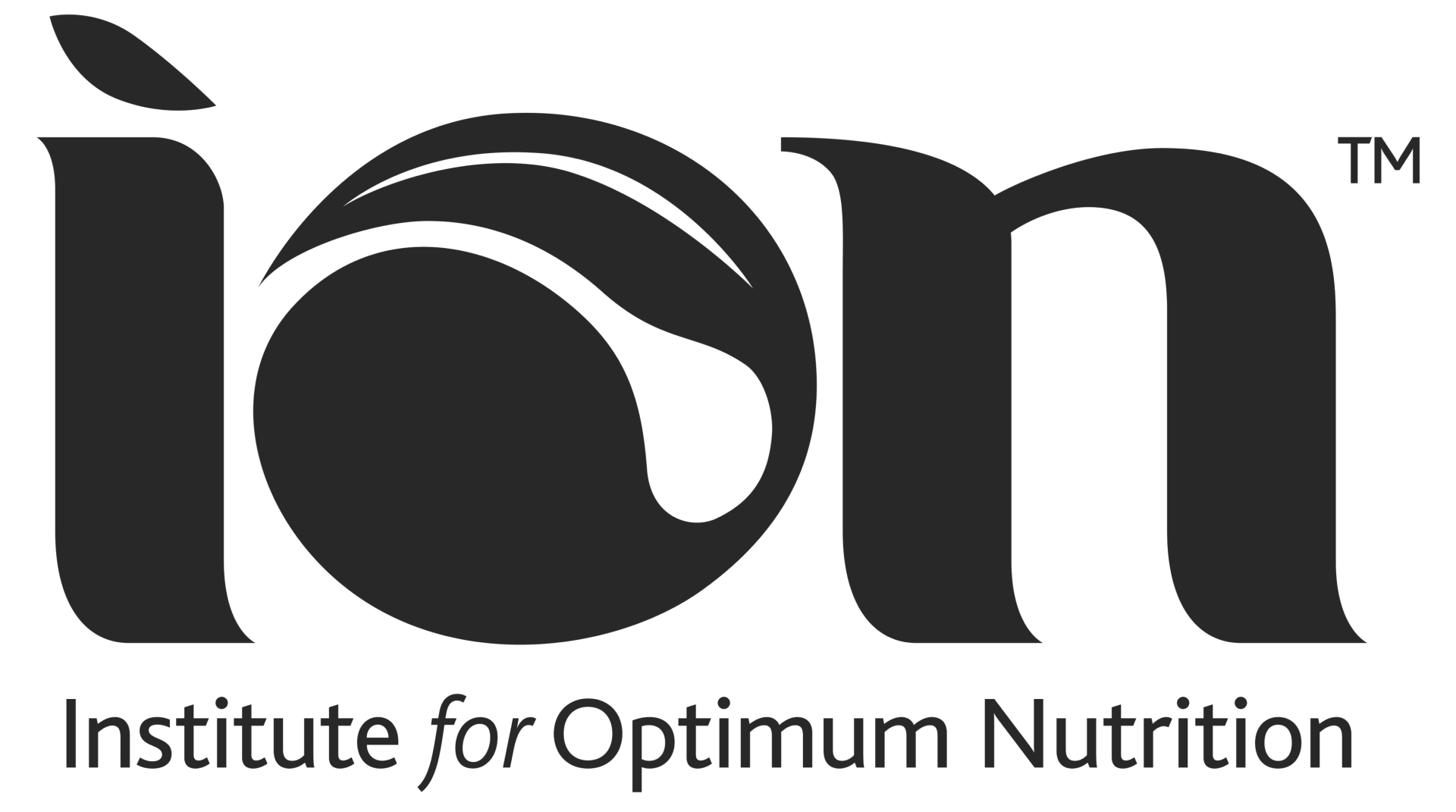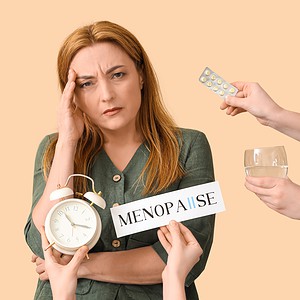Published on 1st February 2017
We all lose water on a daily basis through respiration, urination, sweating and defaecation, but athletes will lose additional fluids from increased sweating during exercise. Sweat contains valuable electrolytes including sodium and, to a lesser degree, potassium, calcium and magnesium.
The sweat rate of an athlete will depend on:1
- Genetic make-up
- Type of sport
- Environmental conditions (e.g. humidity, temperature)
- Duration of exercise
- Athletic conditioning
Hydration status and sports performance
Hydration is known to be a limiting factor in sports performance.1 Current guidelines suggest fluid deficits in excess of two per cent body weight may compromise cognitive function and aerobic capacity.2 Overhydration (hyperhydration) may also lead to reduced sports performance due to a diluted sodium content (hyponatraemia). Women generally appear to be at higher risk of developing this condition than men due to their smaller body size and reduced sweat rate.
How much is enough?
Current guidelines suggest drinking to thirst;2 however, a recent study suggests that drinking ad libitum (i.e. consuming fluid whenever and in whatever volume is desired) is as effective and allows the athlete to concentrate solely on performance rather than thirst sensations.3
What about you?
Are you sufficiently hydrated?
Do you drink sufficient fluids to power your sport?
Do you know your sweat rate?
Read more articles and recipes
References
- Mielgo-Ayuso J et al (2015). Evaluation of nutritional status and energy expenditure in athletes. Nutr Hospitalaria, 31(Suppl. 3), 227-236.
- Thomas DT et al (2016). Position of the Academy of Nutrition and Dietetics, Dietitians of Canada, and the American College of Sports Nutrition: Nutrition and athletic performance. J Academy of Nutr Dietet, 116, 501-528.
- Armstrong LE et al (2014), Drinking to thirst versus drinking ad libitum during road cycling. J Athletic Training, 49: 624-631.






